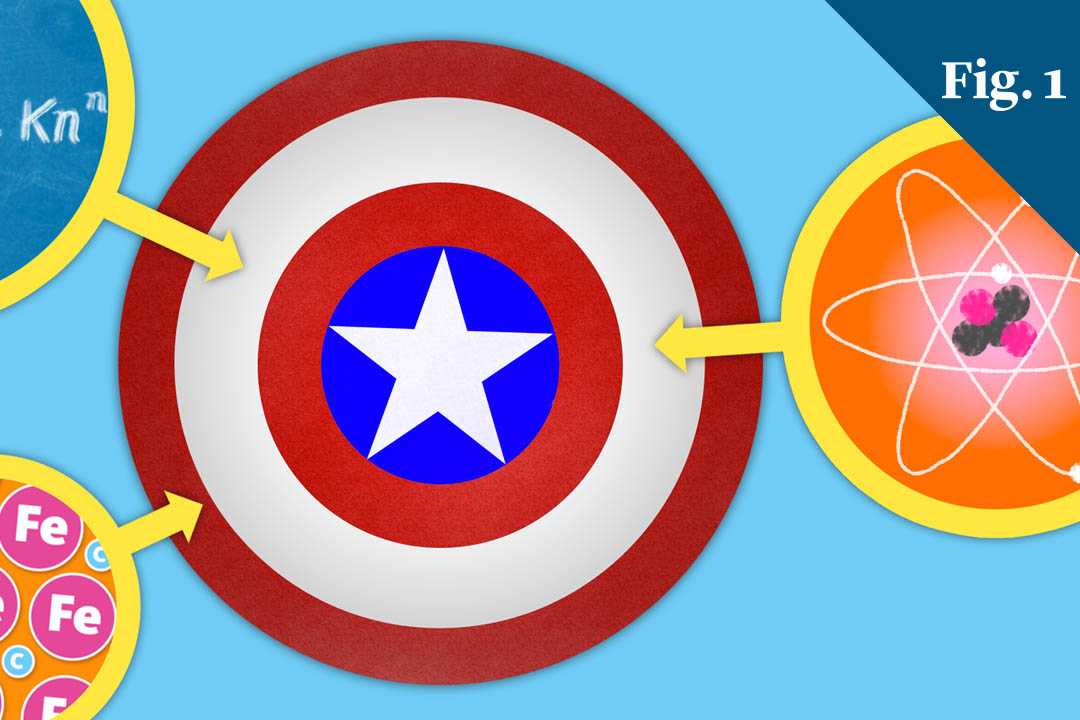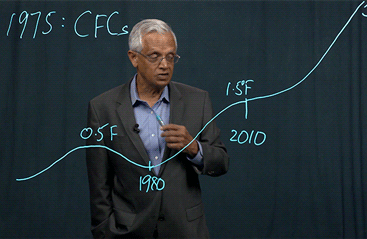Is brown the new green? The U.S. produces over 1 billion tons of manure, including human waste, every year. But to researchers at UCLA, it’s not just a big pile of poop: it’s a really big – and renewable – source of biofuel.
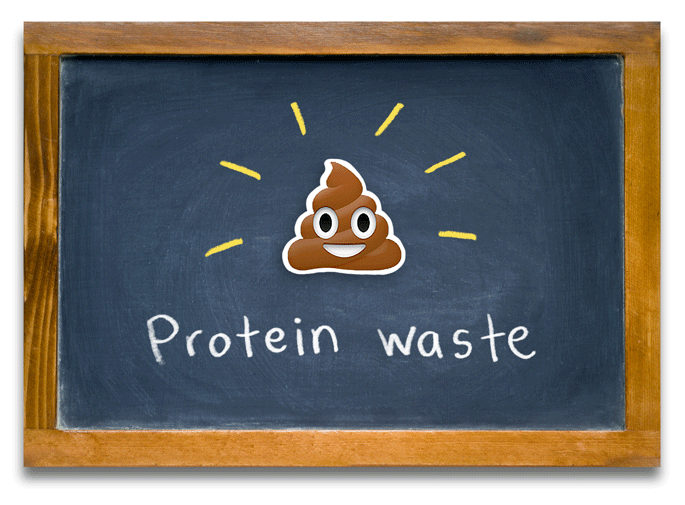
When UCLA grad and Fulbright scholar David Wernick and his colleagues were looking for renewable raw materials to produce advanced biofuels, they were struck by all the waste that is literally going to waste.
“We’re working with anything such as agricultural waste like manure, municipal waste like sewage, plant matter, cellulosic matter and even carbon dioxide out of the atmosphere,” said Wernick.
What’s the big deal about poop? It’s the protein.
“The vast majority of organisms out there don’t consume protein to convert it into a product. They find protein in the environment and then use that to grow,” said Wernick. “We try to engineer the metabolisms of bacteria so that instead of just growing on this protein they will now take a good portion of it and use it to produce products for us.”
Poop in; fuel out.
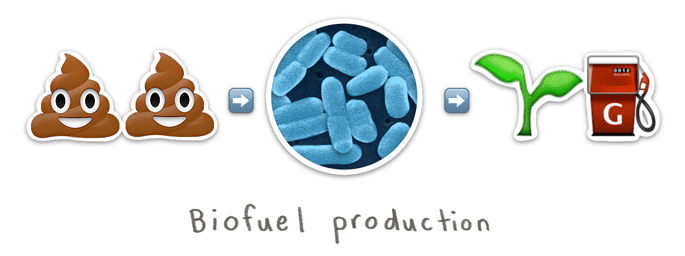
Biofuels

Gasoline, diesel and jet fuel dominate the world of liquid fuels, and that’s become a problem.
“They’re all mixtures of hydrocarbon compounds that are derived from crude oil. They all come from nonrenewable sources of oil,” said Wernick. “With biofuels, we’re looking at any sort of liquid fuel that can replace those nonrenewable sources with a renewable material.”
Ethanol, one of the earliest biofuels, is largely derived from corn in the U.S., but can also be obtained from yeast or bacteria with a high yield. But ethanol isn’t an ideal fuel source.
“It doesn’t have the exact same burning properties as gasoline or any of the other liquid transportation fuels that we use,” explained Wernick. “It is not quite as energy dense and it is corrosive to metal and to the fuel infrastructure we already have in place – all of the pipelines and pumping systems.”
Wernick and colleagues at UCLA are working on the next generation of advanced biofuels.
“They have more favorable properties as a fuel than ethanol,” said Wernick. “We try to produce branched-chain alcohols, that are a little larger, more energy dense and burn more like real gasoline.”

Unlike ethanol, these biofuels are compatible with current fuel infrastructure.
“You can drop it right into your car. You don’t need any modification,” said Wernick.
The nitrogen problem
Biofuel production efforts to date have focused on the carbon cycle: take carbon dioxide, use green plants, algae or bacteria to fix the CO2 and produce biomass, process into biofuels, combust, create more CO2 and repeat. But carbon is not the only input into the system.
“You need to provide nitrogen fertilizers to your plants, to your algae, to whatever you’re growing for them to fix CO2 out of the atmosphere,” explains Wernick.
The process to convert nitrogen and reduce it into fertilizers is very energy-intensive, and one of the criticisms of early biofuel efforts was that the touted reductions in greenhouse gases were negated in part by the energy needed to create fertilizers.
“In traditional biofuel processes, you have a closed carbon cycle but your nitrogen cycle’s wide open,” said Wernick.
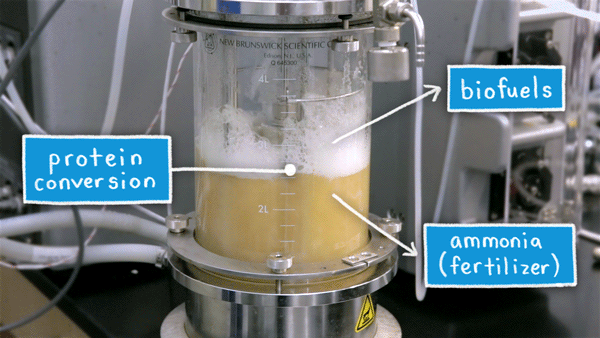
How poop plays a part
“In order to have a secure, sustainable supply of energy in the future, it is important that we pursue renewable technologies such as we’re doing,” said Wernick.
The 1 billion tons of manure, and even more worldwide, are only exacerbating the problem.
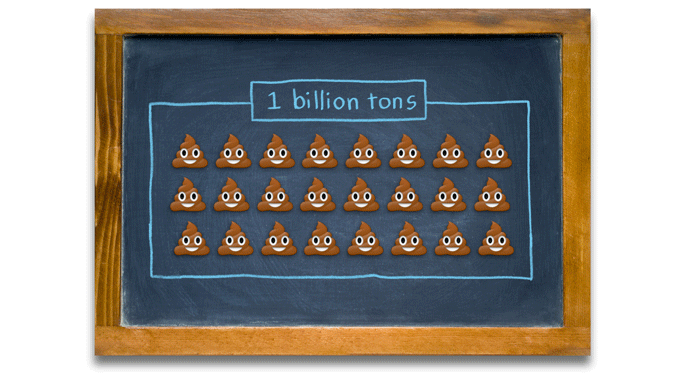
“A good portion of that manure is left to aerobically compost and that produces a lot of nitrous oxide and a lot of methane emissions, which are greenhouse gases that are 325 times more potent than CO2,” said Wernick.
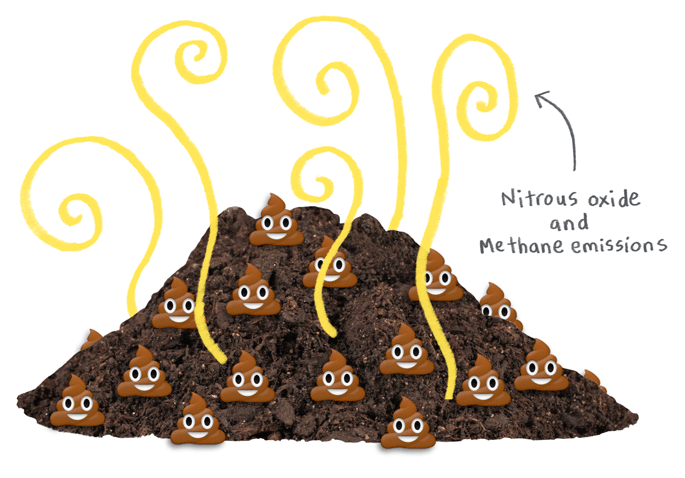
Manure isn’t the only source of protein waste: wastewater algae and fermentation leftovers from ethanol, wine and beer production are also major contributors. Any one of these can be used in the bacterial system that Wernick and colleagues have developed, which takes protein and produces both branched-chain alcohol biofuels and fertilizers.
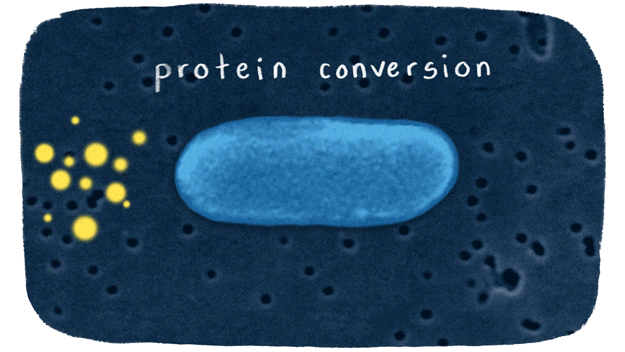
The bacteria, Bacillus subtilis, converts the protein into branched-chain alcohol biofuels and fertilizers
“We’ve engineered Bacillus subtilis to do the protein breakdown step and also to convert the resulting material into our product,” said Wernick. “Right now the products of our process are alcohol biofuels and ammonia.”
Ammonia can be used directly as a fertilizer or it can be used to manufacture other nitrogen-based fertilizers.
“What we’re doing right now is trying to further study the metabolism of this organism, see how we can alter it, adjust it to get higher yields. Once we improve our yield to biofuels, then we can start looking at can we scale production of this up.”
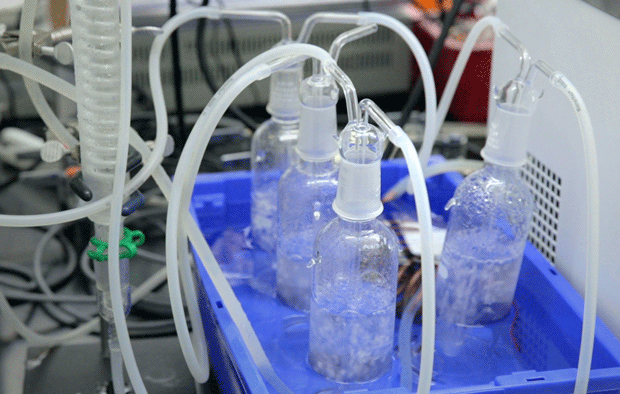
While making both fuel and fertilizer from poop is a nice trick, Wernick says that’s just the start of what could be done with the bacterial process.
“If we want to focus production on organic solvents or chemical building blocks or pharmaceutical intermediates, it would be possible to adjust the strain with a few steps to produce other compounds of interest,” said Wernick.
The mere idea of using protein waste to create fuels might have been pooh-poohed elsewhere, but Wernick credits his freedom to plunge into the topic to the academic setting.
“We’re allowed to explore the research space, explore the science around us and we have more freedom to investigate basic science, generate new theories, new hypotheses,” said Wernick. “You might not be able to do that in a corporate setting. And because of this, we can be an engine for generating new ideas.”
💡 The research highlighted in this article was supported in part by the UCLA-DOE Institute of Genomics and Proteomics and a grant from the National Science Foundation. Join UC in asking Congress to protect research funding.
